The moon has been a source of fascination for a very long time. As long as the world exists, human beings have been wondering about the moon and staring up into it in the pitch black of night.
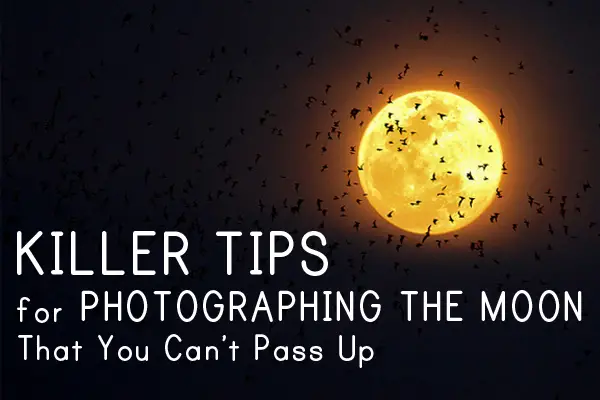
The moon has been a subject of art for many years, and photographers are also fascinated by its mesmerizing properties.
Taking amazing moon photographs can be quite challenging and way trickier than you may expect. There are some factors which may spoil great shots, such as the fact that the moon is an effective reflector of light, its relative magnitude, and its position against black sky.
So, what can you do about this? How can you get around these tricky challenges and take killer photos of the moon?
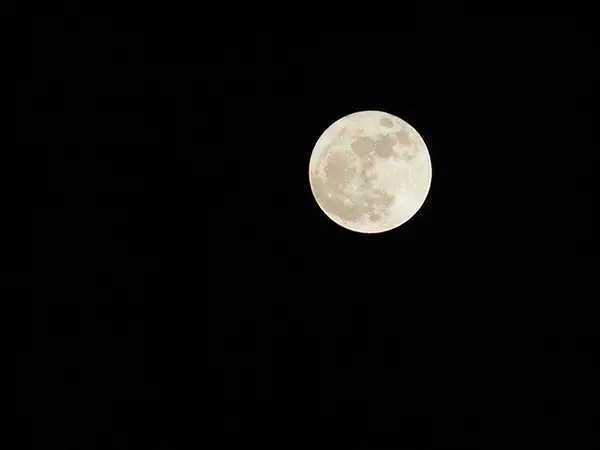
If you’re looking for highly effective tips on moon photography, then keep reading the article. Here we’re going to share killer tips on getting successful photographs of the moon in all its glory.
Heed the Moon’s Golden or Magical Hour
Have you even known the fact that there is so-called Magical or Golden Hour for moon photography? During this period of time you’ll get the best optical effect for taking pictures of the moon.
You don’t need to make some mental calculations or go to the soothsayer to figure out when exactly these magical hours take place. The moon rising and setting can be different by almost an hour from one night to another, unlike the sun’s rising and setting every day.
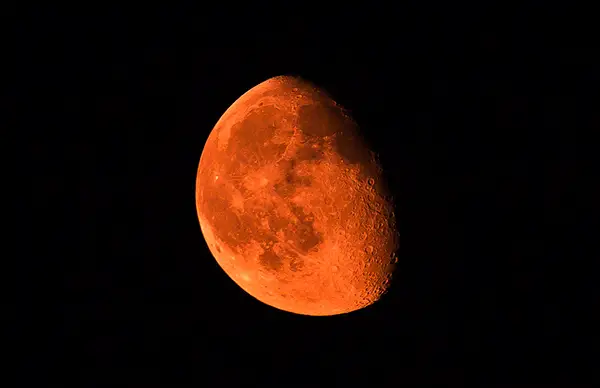
Of course, you can always look up at the moon each night and see its position, however, there is no way to make sure that the time is the most opportune for that. Instead, you can turn to science and go to the official U.S. Naval Observatory website, where you can make calculations and see when the moon is going to rise and set down specifically in your region. The site works for both USA and internationally.
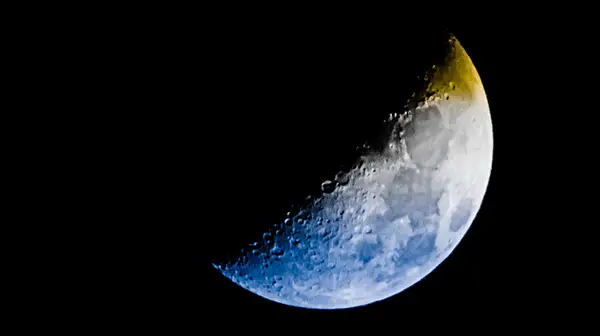
You’ll also need to know specifically under what conditions Golden Hour takes place. The most dramatic images you’ll get when the full moon is rising. The sun is setting as the moon is rising with difference in about 20 minutes of each other.
So, how to find detailed information of when the full moon takes place each month? Of course, by heading to the Full Moon Calendar website. You can define the specifics of the lunar cycles each month there. It will help you to plan shooting for the Magical or Golden Hour.
It’s All About WHERE You Choose to Shoot
The position from where you shoot a picture also matters. You may forget about that while catching the moon as it appears during its optimal phase. If you’re aimed to take impressive and high-quality picture of the moon, you need to be extremely meticulous about your shooting location.
Generally, there are two types of moon photography: one where you show the moon itself by its lonesome and another where you have some reference point in the shot.
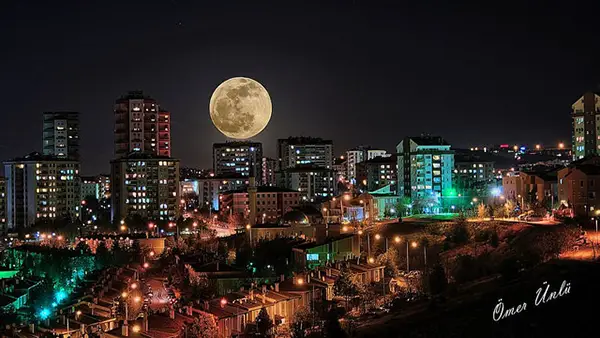
If you’re aimed to shoot the moon by its own, then I highly recommend to avoid all ambient light. This includes things such as street or even traffic light.
Eventually, to avoid these industrial lights, you need to head to a place which is really dark and secluded, for instance, a remote street or public park after hours.
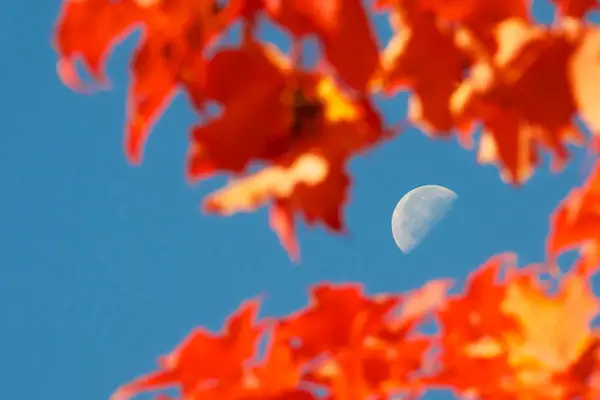
Let’s say you want to attempt to fit a city skyline into your picture of the moon. You need to find a lookout point which makes some room for the twinkling lights beneath and try a few shoot tests to make sure you have proper exposure.
Consider Adding a Point of Reference
It may be boring to shoot moon just by itself. Honestly, most of the breathtaking examples of moon photography have points of reference to provide more personality and flavour to each photo of the moon. However, if you want to add some reference point, would it be a good selection for you?
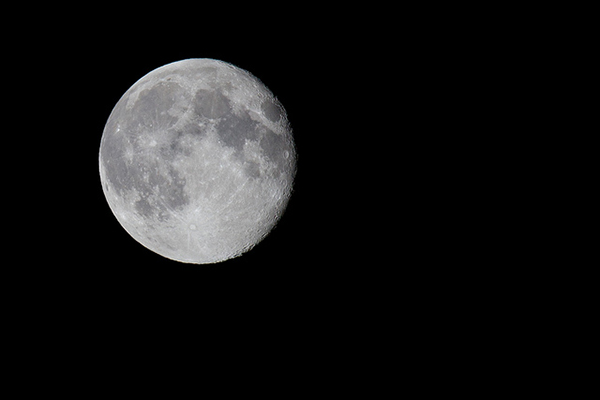
You can always play safe and include some standard suspects, such as the ocean, mountains, or desert in your shots. Shooting any of these three locations makes a routine moon image.
If you would like to go a bit more unique and creative, you may set up your shot the way to place the moon right between some buildings or tree branches, for example. You may even include some action in the foreground of your photograph.
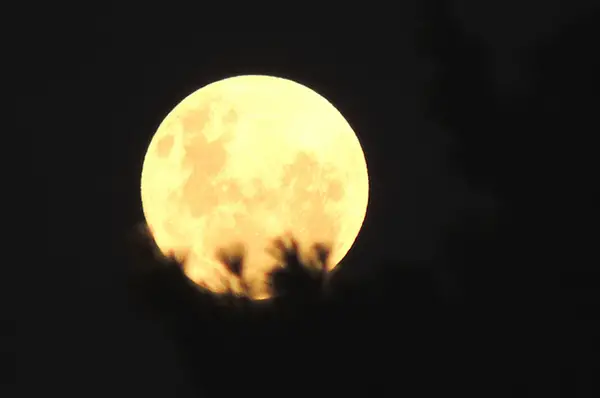
Whatever which point of reference you select, just make sure it’s distant enough to highlight the moon. See, if your camera fails to zoom in properly, the moon will turn out too bright as a little speck in the sky.
This is not impressive at all! Instead, equip yourself with at least 200mm zoom lens, and remember the longer zoom you have – the better. Even 400mm zoom will fit.
Without the Right Equipment, You’ll Have a Hard Time
Here is the fundamental list of equipment you will need: a camera, a mirror lock-up, a tripod and a remote shutter release which is either coded or infrared.
Different camera types may be used, as long as they feature lens with a focal length big enough to provide proper magnification.
As I mentioned above, a lens 200mm and above will work fine. Then again, an excessively long telephoto lens may compress things within your shot.
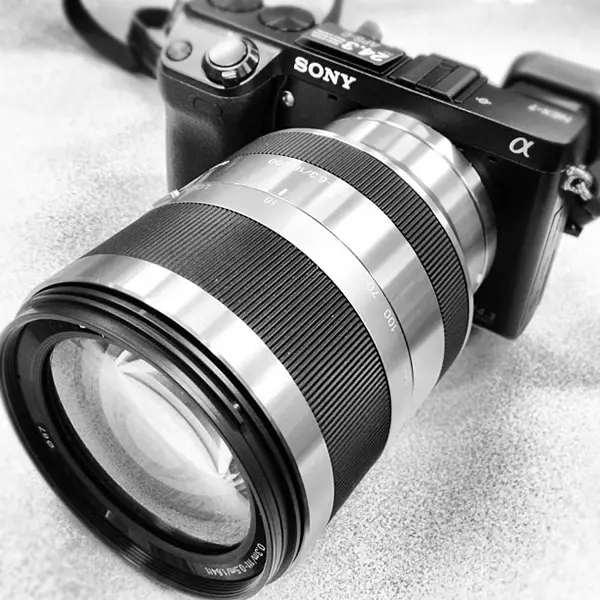
The mirror lock-up will help you to get rid of vibrations by locking up the mirror. Wait a little bit and then open and close your shutter.
Zoom lenses and high magnifications tend to cause vibrations, so the mirror lock-up is a godsend. With these vibrations your image may also lose sharpness.
Aperture…Aperture…Aperture…
For moon photography tiny aperture works the best, as the moon, obviously, is huge distance away. You would want to employ a big f-stop number.
Some photographers like to use nothing smaller than F22, as this f-stop number produces sharp photos. For moon photography it’s better to obtain as much sharpness as it’s possible.
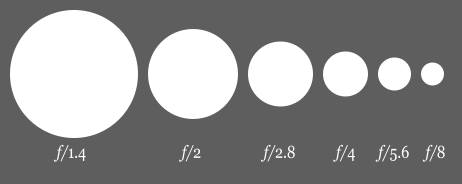
Sure, you should not limit yourself to only F22, since it’s just a baseline number. Feel free to experiment with even higher f-stop numbers while shooting the moon. If going bigger than F22 works for you, then go ahead. Just keep in mind, that the smaller your aperture, the longer shutter speed you’ll need.
Don’t Forget to Sharpen and Tweak
Even when your moon shots are ready, your job is not quite done. It will not hurt to tweak and sharpen them a bit more. This is a necessary step as your photo subject is really far away. By improving the sharpening you’ll notice more definition in the moon craters, which increases an overall impression of the image.
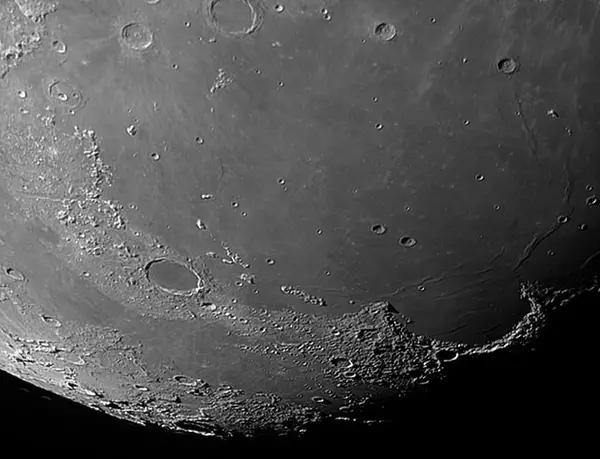
Rely on your contrast tool in Photoshop or any other photo editing program you like. Photoshop works the best when you need to tweak the light and dark points.
The moon surface will only benefit from some more 3-dimensional appearance instead of flat and white surface. After you improved contrast, sharpness, and clarity, the moon on your image will look more realistic.
You can check out two different versions of the latest Photoshop on Amazon.com. There’s Adobe Photoshop Elements and Adobe Photoshop and Premiere Elements.
Moon Photography 101: Master It!
Now you have all the tips and tricks of the trade which you may need to master photographing of the moon. You can’t rush to get great images of the moon. It takes planning, gathering proper equipment and then executing when the time is right.
Even after the images are taken, you’re not done – you still can improve them dramatically with Photoshop (or any other editing tool).
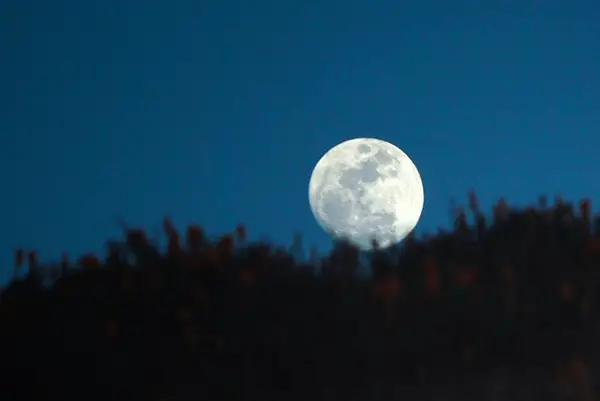
Taking photos of the moon is not that easy as it may seem from the first glance. It requires calculating optimal hours, and after that you’ve got to pay attention to the cycles of the full moon. You should find a perfect location, based on how you want the moon appear on your pictures.
You may even consider including some point of reference. Of course, it goes without saying, you also need right equipment, but without proper techniques, like right aperture and post-processing, it’s all in vain!
Have you ever tried taking shots of the moon before? If so, how did your images turned out? Don’t hesitate to share with us your experience in the comment field below.
And, as always, if you enjoyed these killer tips for shooting the moon, let your friends know about that by sharing the article via social media.









Great pointers, I’ve been trying for the perfect moon shot for quite some time now and haven’t got the one I want yet.
This is a GREAT tool, shared it with my photo club and tried your tips last night, had to give you props when I posted to flickr, hope your article gets a lot of hits, it’s a great one!
http://www.flickr.com/photos/andreajehnkennedy/4071810239/
Thnks for sharing man …these are really helpful especially the 2x converter.
I have tried to capture moon but not getting desired results now i think that 2x may work for me
poop
awesome article, there’s going to be a supper moon tonight so i can’t wait to try my luck with these tips. my moon shots so far have never worked out as it always appears as a tiny speck or really bright that it looks more like a twinkling star. hopefully i’ll be able to improve on that tonight
Tell you what, John. If you experienced success with your budding moon photography due to our tips, then feel free to share your story in these comments!
Great article! Will have to try this. I’m working on a 12 hours project for school and I think the moon would be awesome to photograph tonight!
Thanks!
Glad to be of assistance with your school project. If you get a good grade, share some credit with me, alright? 🙂
this helped a lot! thanks!
You’re welcome, Jeana!
Blurry, The moon is always blurry, I have an android Desire, with a 8 MP camera. Takes great pics but never of the moon? Why?
It’s the focal range – it’s not focusing because the moon is so far away 😉
You don;t have a camera … you have a phone that happens to be able to take pictures.
great this helped me a lot ….for now just goin to try the 55 mm 😀
Can you tell me why when to moon is full you can’t get the same clarity you can when it is partially obscured
Hello there, I’ve got a 300mm Optomax, which I’m attempting to use with a 3x teleconverter on my t2i. Unfortunately, I cannot get a crisp shot. The image always tends to be distorted, and washed out/blurry. Could this be because I’m using an m42 lens and the sharpness is limited by the adapter?
There is no reason to be shooting the moon @ F22!
You say because it is so far away, but aperture affects depth of field, not the focal point. Maybe for an entire scene being in focus F22 is plausible, but still too much I think.
If it’s all about quality, wouldn’t you be worried about diffraction and loss of IQ @ F22?
If a lens is sharpest at say F8, why on Earth would you go any more than F8 or F11?
Also, by using F22, you will need to bump the ISO up or use a longer shutter speed, which are both the absolute enemy of moon photography.
I agree – do not, ever, shoot the moon at f/22 – as Nick said go for the lenses sharpest aperture which is usually 2-3 stops above wide open.
Can you explain the “golden hour” a little bit? I under stand that the moon rising and setting are the best times. Tonight my moon will rise at 7:13 pm. And it also will set at 7:13 am tomorrow morning. What type of mental calculations do I need to make to find the golden hour? Thanks!
Excellent article with useful plainly written tips, I have within 5 minutes of reading this managed to capture the moon in all its glory for the first time ever! THANK YOU THANK YOU. Although the aky over Aouth Wales is relatively cloudy, the moon put in an appearance momentarily, enough for me to apture the image of the right, conpared to the sharper one in the article on the left, I’m still “over the moon” with the results.
Gareth, Cardiff, Wales, UK
Ps I have a Sony NEX-5 and a SWL 55210 zoom
I just shot the moon rising over the mountains. I just got a blazing white ball with no details. Ugh.
Hi Marsha, if you look at thei mages below they agow the process I used to get the final shot, last night. I use a Sony Nex-5 with a SEL 55210 lens and shot at F24 with a shutter speed of 1/340 second. From top left the image caught, lightening and sharpening using Instaeditor app on my iPad, colour correction and contrast tweaks, and bottom right, final sharpening and contrast adjustments to get the finished shot
You run into issues of diffraction with f stops starting at around f8 with digital cameras, the image will actually lose sharpness, and of course you lose more light. Film cameras can take advantage of higher f stops.
excessive shutter times will cause blur due to earth’s movement